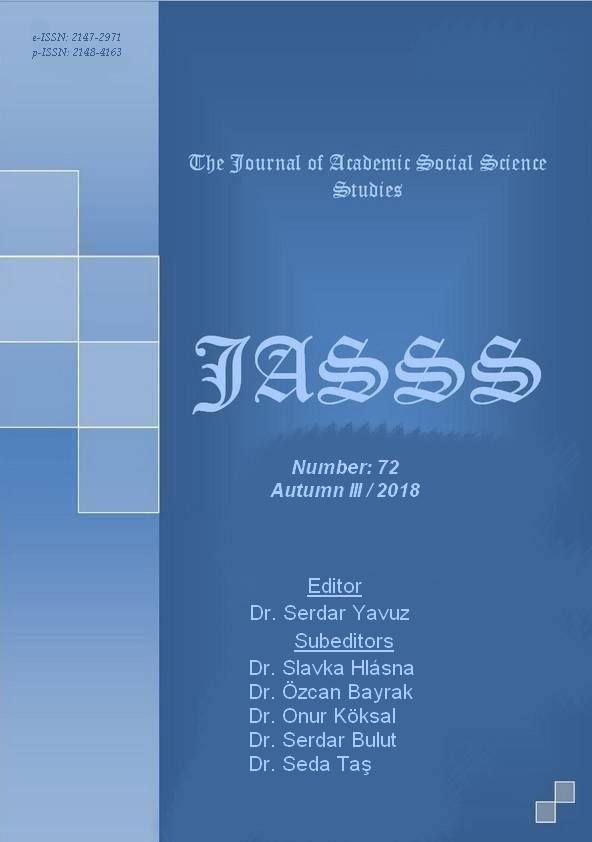Author :
Abstract
Celal Yıldırım çağımızın önemli İslam alimlerinden biridir. Başta Tefsir, Hadis, Fıkıh ve Tasavvuf olmak üzere İslami ilimlerin birçok alanında çeşitli kitaplar telif etmiş, makaleler yazmış ve tercümeler yapmıştır. Yıldırım’ın, Kur’an Ahkâmı ve Mezhep İmamlarının Görüş Farkları adlı iki ciltlik çalışması Türkçe telif edilmiş bir ahkam tefsiri olması açısından ayrıca önem arz etmektedir. Zira Türkçe olarak bu sahada çok az eser telif edilmiştir. Buna rağmen eserin layık olduğu teveccühü görmediği düşünülmektedir. Bu çalışmayla esere daha fazla ilgi gösterilmesinin sağlanması amaçlanmıştır. Çalışmada önce müellif ve eserleri, sonra adı geçen kitapta konuları tasnif etme biçimi, ardından da tefsir metodu hakkında bilgi verilmiştir. Kur’an Ahkâmı tefsirinin zengin bir muhtevaya sahip olduğu, ancak yazarın çalışmasında sistematik bir yöntem izlemediği anlaşılmıştır. Bu tefsiri daha geniş bir okur kitlesinin istifadesine sunabilmek için, söz konusu kusurunun giderilmesi gerektiği sonucuna varılmıştır.
Keywords
Abstract
Celal Yıldırım is one of the prominent Islamic scholars of our age. He has written various books and articles as well as made translations into Turkish on the several fields of Islamic sciences particularly Tafsir, Hadith, Fiqh and Sufism. Yıldırım's two-volume work titled “Kur’an Ahkâmı ve Mezhep İmamlarının Görüş Farkları (The Legal Rulings of the Quran and the Different Opinions of the Madhab Imams)” has also importance in terms of being a legal interpretation of the Quran in Turkish language. Because there are limited works in this field in Turkish. Nevertheless, it is thought that this work has not been taken in consideration it merits. The aim of this study is to provide more attention to the work. This article provides information initially about the writer and his works and then about his method of classifying the subjects in his forenamed book and later about his tafsir methodology. It is understood that this legal interpretation of the Quran has a rich content, but it does not follow a systematic method in his work. It is concluded that this defect should be eliminated in order to be able to present this interpretation to the benefit of a larger audience.





